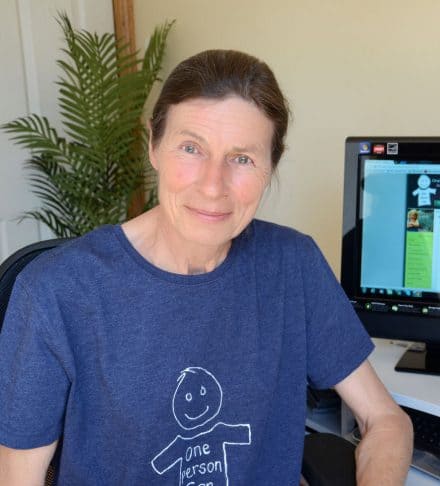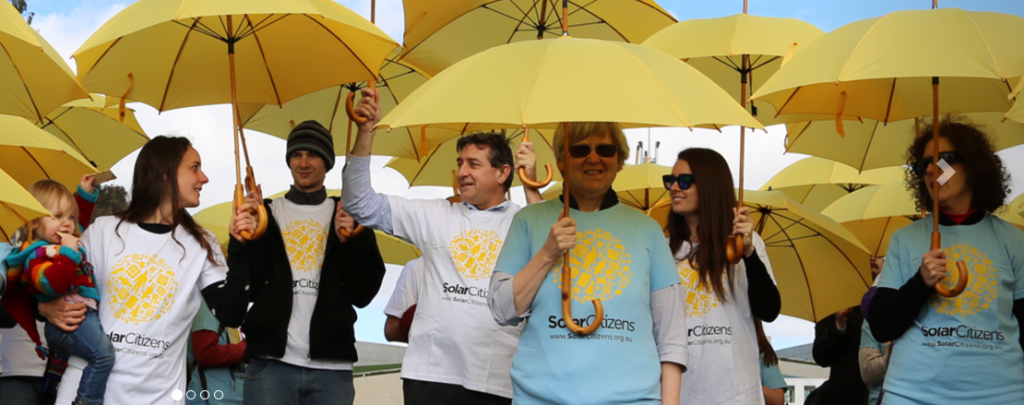Solar power for rental properties may start becoming more common as the cost of installs decreases and councils/community groups work on ideas such as giving landlords interest-free loans to install solar on their rental properties. With over 30% of Australia’s population currently renting, we need to figure out a way to make it viable for landlords and renters alike to benefit from renewable energy.
Solar power for rental properties
According to the ABC, 1.8 million Australian homes have PV solar installed on their roof – with a record amount being installed last year. This increase is due to two main factors – rapidly increasing electricity costs and decreasing cost of the actual solar technology.
According to Andrew Reddaway from the Alternative Technology Association, Australia could save 5.6 million tonnes of greenhouse gas if we work on increasing solar panel uptake for rental properties.
“It’s a bit of a risk of the country dividing into the solar energy haves and have-nots,” Mr Reddaway said.
Whilst not exactly a ‘two speed economy’, the increasing number of renters mean that we need to have a look at finding ways to get solar installed on these houses. There are obvious ramifications for having a situation where it’s not feasible for landlords to install solar power on properties they own – unfortunately magnanimity / environmental concern aren’t powerful enough drivers for owners to shell out $10,000 for a system. What sort of system would be fair, keeping in mind having solar power on the roof will also increase the value of the property.
“It’ll be the tenant who sees the benefit on the electricity bill, whereas the person who pays for the solar system is generally the landlord. So the main question is: What’s in it for the landlord?” Mr Reddaway continued.
Z-Net Uralla, a community group in regional NSW, have teamed up with the NFP CORENA (Citizens Own Renewable Energy Network Australia) to give landlords interest-free loans to install solar on their rental properties. CORENA work with both parties to discuss a fair increase in rent to help loan repayments.
“We are hoping that the partnership can be a model for communities elsewhere to copy,” Margaret Hender of CORENA said.

The energy inequality currently being inexperienced has led to a few different attempts at trying to bridge the gap. CORENA have their interest free loans, and there are options for renters to install their own portable solar for apartment buildings, as we investigated last year.
The city of Darebin has been offering interest free solar loans for residents,with repayments added to household rates.
Are you a renter or a landlord and have any experience with solar power? Let us know in the comments.


